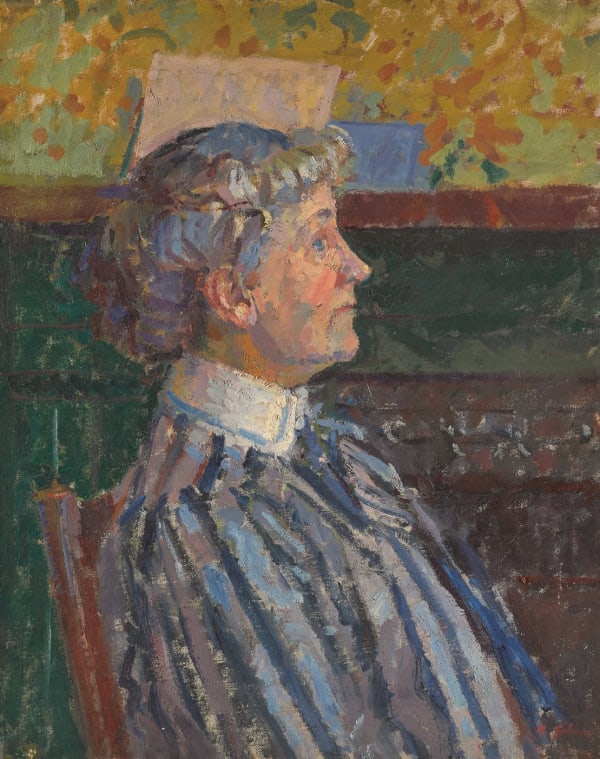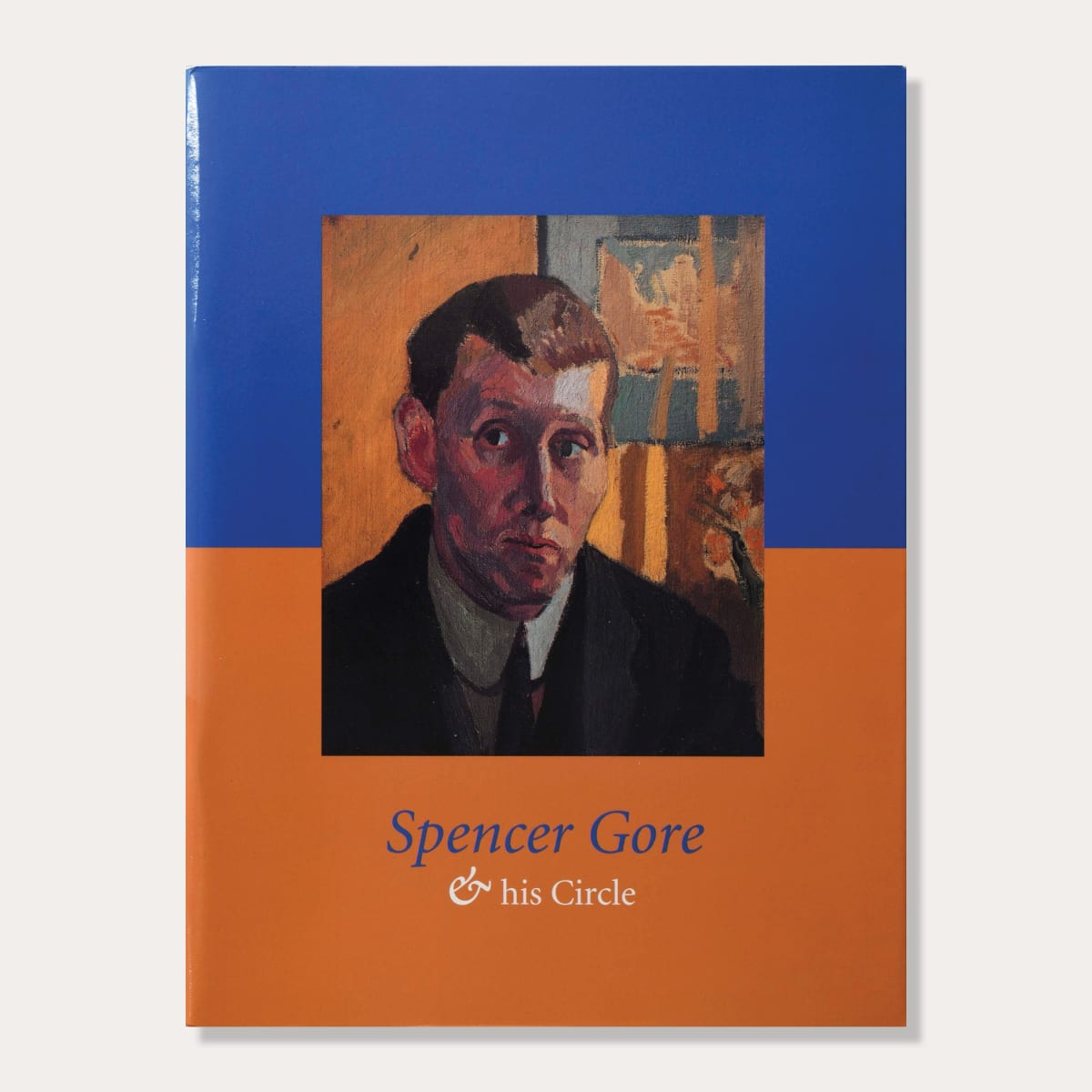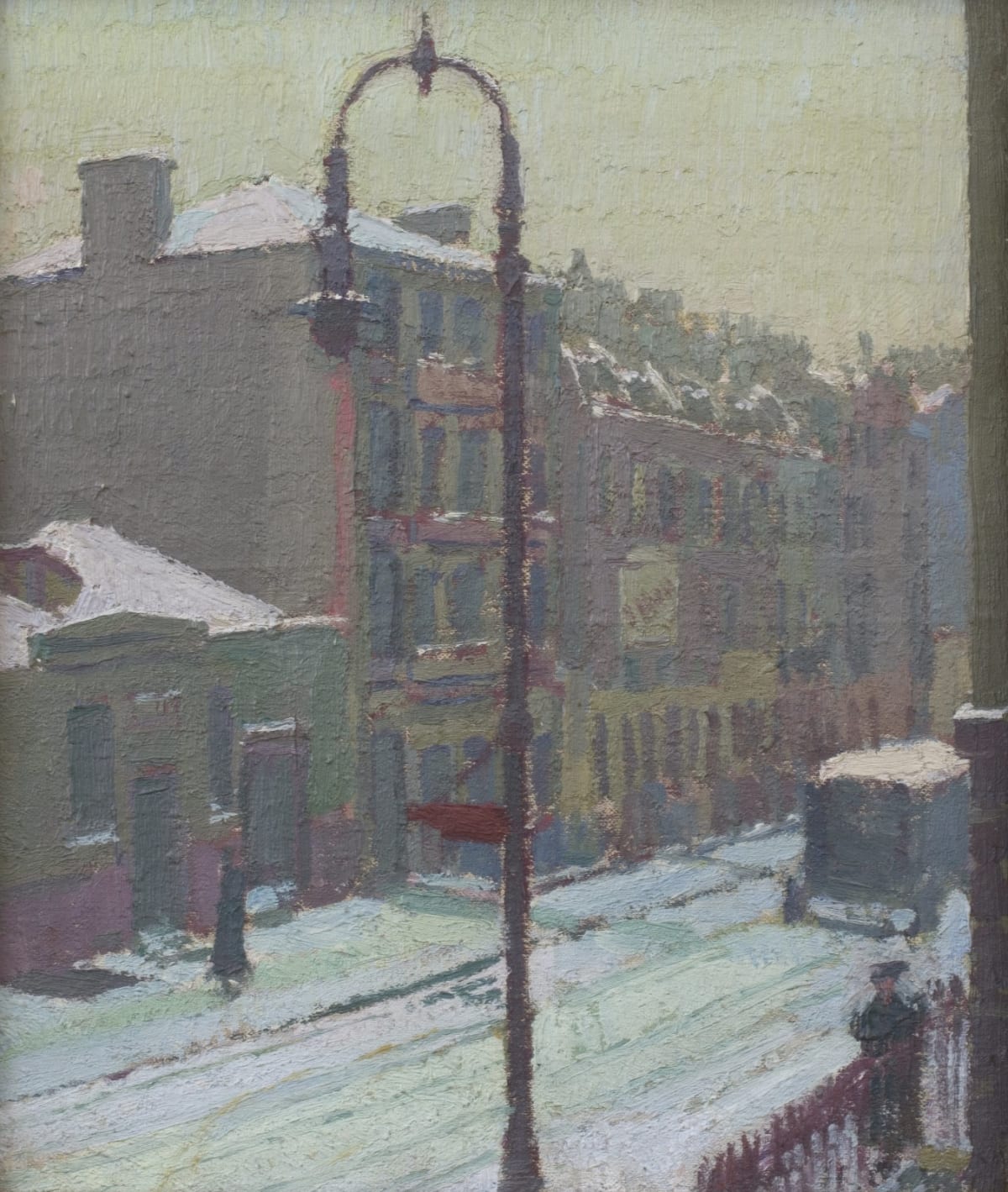Harold Gilman
The gallery regularly handles, acquires and advises on works by Harold Gilman. For more information or the availability of work, please contact the gallery.
Harold Gilman (1876–1919)
Harold Gilman was born in Somerset in 1876, the second of seven children of a curate. He boarded at Tonbridge School, Kent and then went to Oxford University for just a year in 1894 before leaving for Odessa. In 1896 he began his studies at the Hastings School of Art in Sussex, and then the Slade School of Fine Art between 1897 and 1901, where his contemporaries included Spencer Gore, Wyndham Lewis, Augustus John, and the famous tutor Henry Tonks. Upon leaving the Slade, Gilman spent a year in Spain where he was greatly influenced by Velásquez and Goya, and met his wife with whom he returned to live in Notting Hill, London. In 1907 Gilman met Walter Sickert, and together they founded the Fitzroy Street Group, in 1908 he showed at the Salon des Indepéndants in Paris, and then at the Royal Albert Hall in the same year as part of the Allied Artists' Association which he helped to form. Gilman, alongside Sickert, Gore and Charles Ginner, formed the Camden Town Group, with which he exhibited three times, before splintering off with Ginner to establish the Cumberland Market Group, which had a single exhibition at Goupil Gallery in 1915, as well as a short lived art school. Gilman worked as an artist during World War I, painting in Canada, but died in the influenza epidemic in 1919 that spread through Europe at the end of the war.
Gilman remains a significant figure in twentieth-century British art, despite his short career, for the influence he brought to England of the Post-Impressionists, his working class subject matter - derived from Sickert -, his interiors, his centrality to a multitude of exhibiting and stylistic artists groups, and the dense, mosaic-like quality of his thick, impasto style.





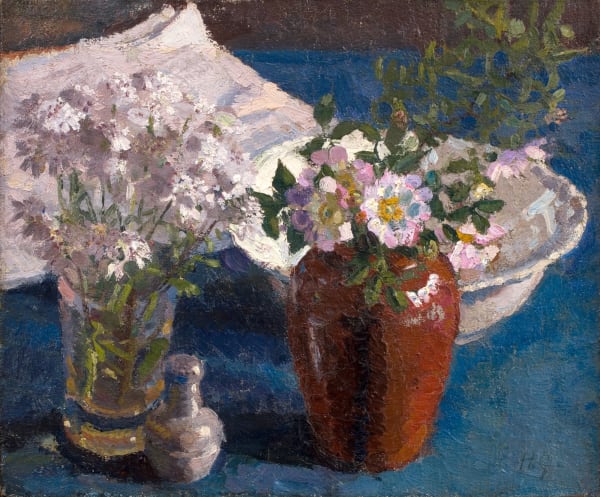
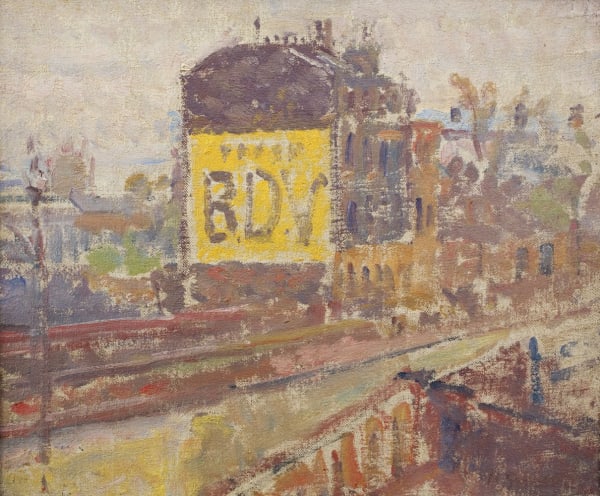
![Harold Gilman, London Street Scene in Snow [Southampton Street, W.], 1917](https://artlogic-res.cloudinary.com/w_600,c_limit,f_auto,fl_lossy,q_auto/artlogicstorage/pianonobile/images/view/cde362d109ace2a852c145df29213f6ej.jpg)
